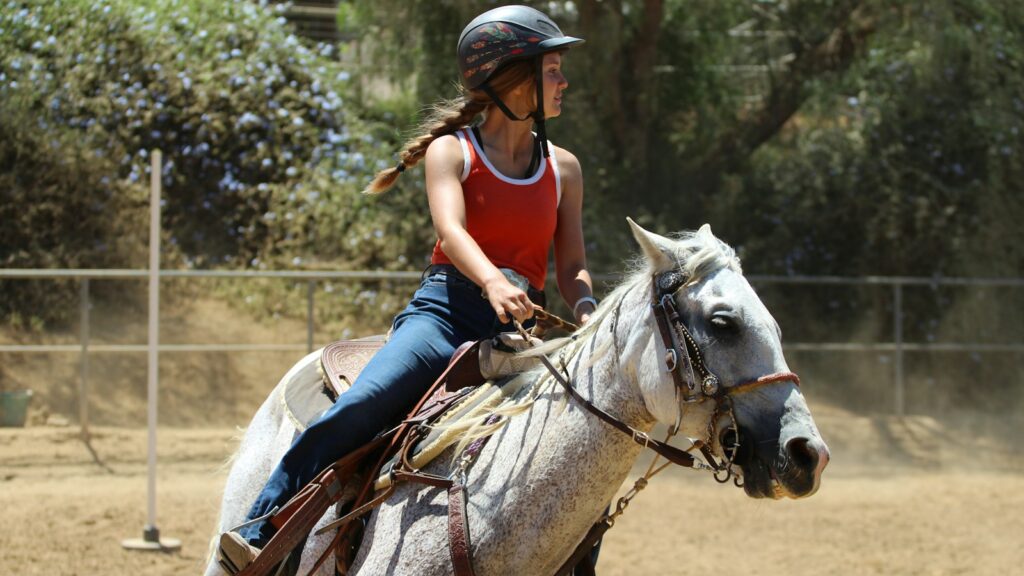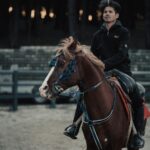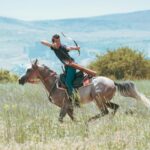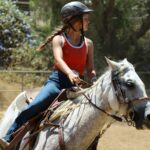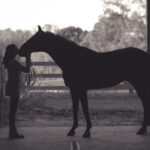The equestrian world has undergone a dramatic transformation in the digital age, with social media platforms becoming virtual stables where influencers showcase picture-perfect riding, immaculate horses, and seemingly idyllic barn life. Behind the filtered photos and carefully edited videos lies a complex reality that merits deeper examination. Today’s equestrian culture sits at a fascinating intersection of tradition and modernity, where centuries-old horsemanship practices meet contemporary marketing, technology, and social dynamics. This evolving landscape has created both opportunities and challenges for riders of all levels, reshaping how equestrian knowledge is shared, how riding is perceived, and how the human-horse relationship is understood.
The Rise of Equestrian Influencers
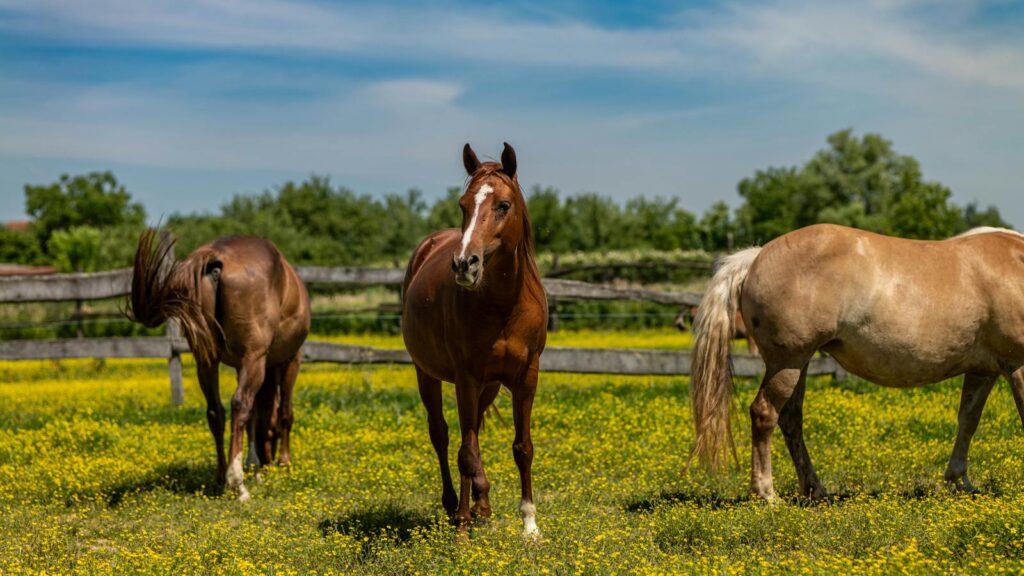
Equestrian influencers have galloped onto the social media scene with remarkable speed over the past decade, transforming from casual content creators into powerful figures with substantial followings and brand partnerships. These digital equestrians range from Olympic champions and professional trainers to amateur riders who’ve built audiences through relatability, aesthetic content, or specialized knowledge. The most successful have leveraged their platforms to secure sponsorships with tack companies, riding apparel brands, feed suppliers, and even non-equestrian lifestyle products. What began as simple barn vlogs or training tips has evolved into sophisticated content strategies designed to engage followers while satisfying algorithm demands. This shift has democratized equestrian content creation while simultaneously creating a new hierarchy based on follower counts and engagement rates rather than traditional competitive achievements or training credentials.
The Instagram Effect on Riding Expectations

Instagram’s visual-first approach has dramatically altered perceptions of what constitutes “normal” riding experiences, creating often unrealistic expectations among equestrians. The platform’s emphasis on aesthetics has elevated visually appealing aspects of the sport—pristine white breeches, color-coordinated tack, and photogenic horses—sometimes at the expense of practical horsemanship fundamentals. Many amateur riders report feeling inadequate when comparing their everyday riding reality—complete with muddy boots, occasional falls, and training plateaus—to the curated highlight reels they see online. This phenomenon extends beyond mere appearances to riding progress itself, with social media timelines compressing months of training into minutes of content, potentially distorting viewers’ sense of normal skill development. The resulting “comparison trap” can significantly impact rider confidence, enjoyment, and even horse welfare when unrealistic expectations lead to rushed training programs or inappropriate competitive goals.
The Commodification of Horsemanship
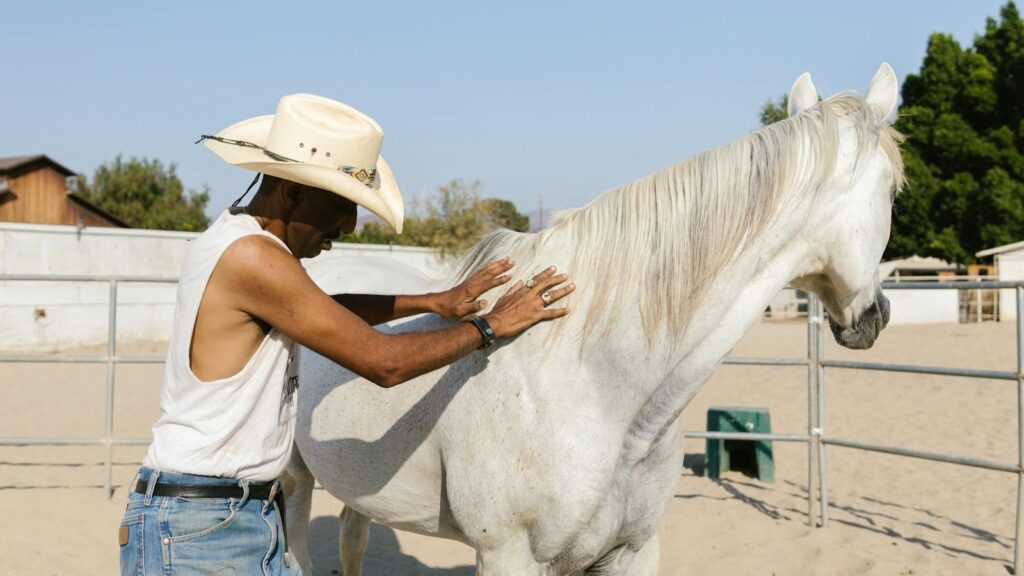
Modern equestrian culture has witnessed an unprecedented commodification of horsemanship, transforming traditional knowledge-sharing into packaged products ready for digital consumption. Online courses, virtual coaching programs, and subscription-based training systems have proliferated, creating new revenue streams for trainers but also fragmenting historical apprenticeship models. Many influencers have pivoted from offering free educational content to selling premium access to their expertise, creating a tiered system of knowledge accessibility. This shift has democratized information in some ways, allowing riders without access to quality local instruction to learn from top professionals, but it has simultaneously created a marketplace where the packaging sometimes outshines the substance. The constant pressure to produce novel content has led to the promotion of training “hacks” and quick fixes, occasionally undermining the patience and consistency that quality horsemanship traditionally requires. This tension between traditional apprenticeship models and digital knowledge commerce represents one of the most significant shifts in how equestrian skills are transmitted between generations.
Authenticity Versus Performance in Online Equestrian Content

The battle between authentic representation and performative content lies at the heart of modern equestrian influencer culture. While many content creators begin with genuine intentions to share their equestrian journeys, the pressures of algorithm satisfaction and sponsorship requirements can gradually shift content toward what performs well rather than what genuinely reflects daily riding reality. Notably, a counter-movement of “reality” equestrian influencers has emerged, deliberately showcasing the less glamorous aspects of horse ownership—the missed distances, the veterinary bills, the emotional struggles, and the mundane daily care routines. These creators often find particular resonance with experienced horsemen and women who recognize the manufactured nature of overly polished content. The distinction between education and entertainment becomes increasingly blurred, with some content providing genuine learning opportunities while other posts primarily serve as aspirational lifestyle content with minimal instructional value. This tension creates a complex media landscape where viewers must develop critical consumption skills to distinguish substance from style.
Equestrian Ethics in the Digital Age
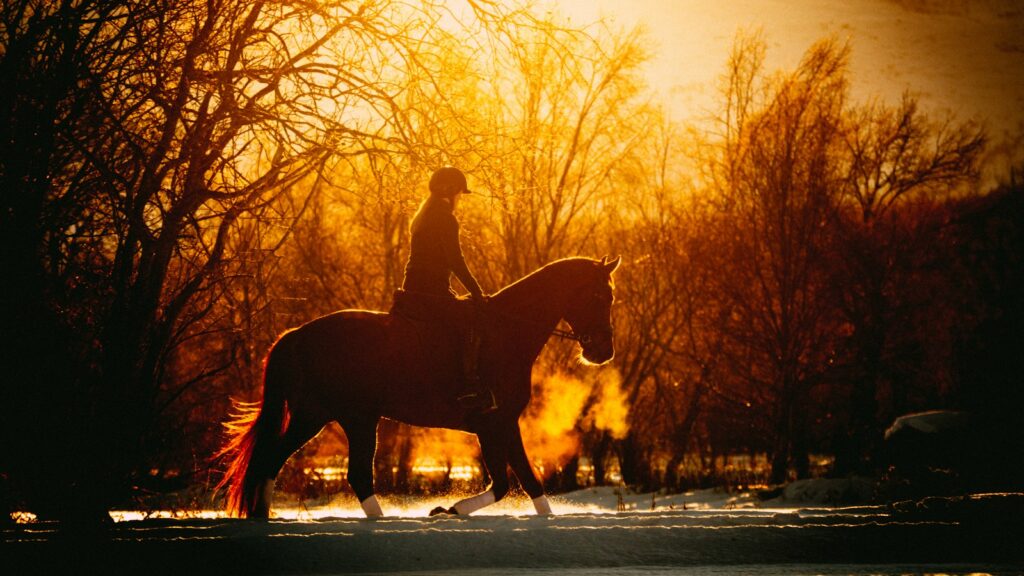
The digital spotlight has intensified scrutiny around ethical horsemanship practices, creating new conversations about welfare standards in equestrian sports. Social media has empowered observers to question training methods that might have previously gone unchallenged, with viral videos occasionally sparking industry-wide debates about specific techniques or equipment usage. This democratization of ethical discourse has positive aspects, including increased accountability and education, but also creates challenges when complex training situations are judged based on limited contextual information. Influencers themselves face growing pressure to demonstrate exemplary horse care and training approaches, knowing that their methods will be analyzed by audiences with varying levels of expertise. The phenomenon of “cancel culture” has reached equestrian spaces, with influencers sometimes facing intense backlash for perceived ethical missteps in their horse handling or training approaches. This evolving ethical landscape requires both content creators and consumers to engage thoughtfully with complex welfare considerations rather than defaulting to simplistic judgments.
The Economics of Equestrian Influence

Behind the picturesque barn tours and training montages lies a sophisticated economic ecosystem that has fundamentally altered the business of horses. Top-tier equestrian influencers can command thousands of dollars for sponsored content, transforming their personal brands into valuable marketing platforms for equine products and services. This economic reality has created new career pathways within the industry, with some riders now earning more from their content than from traditional avenues like training or competition. The sponsorship landscape has evolved dramatically, with brands increasingly allocating marketing budgets toward influencer partnerships rather than conventional advertising channels, changing how products reach potential customers. This shift creates both opportunities and vulnerabilities for influencers, whose income may depend on maintaining specific content output, engagement metrics, and brand-friendly personas that don’t always align with the unpredictable realities of working with horses. The resulting economic pressures can influence content authenticity, training approaches, and even horse purchasing decisions when creating marketable content becomes a primary concern.
The Impact on Traditional Training Systems
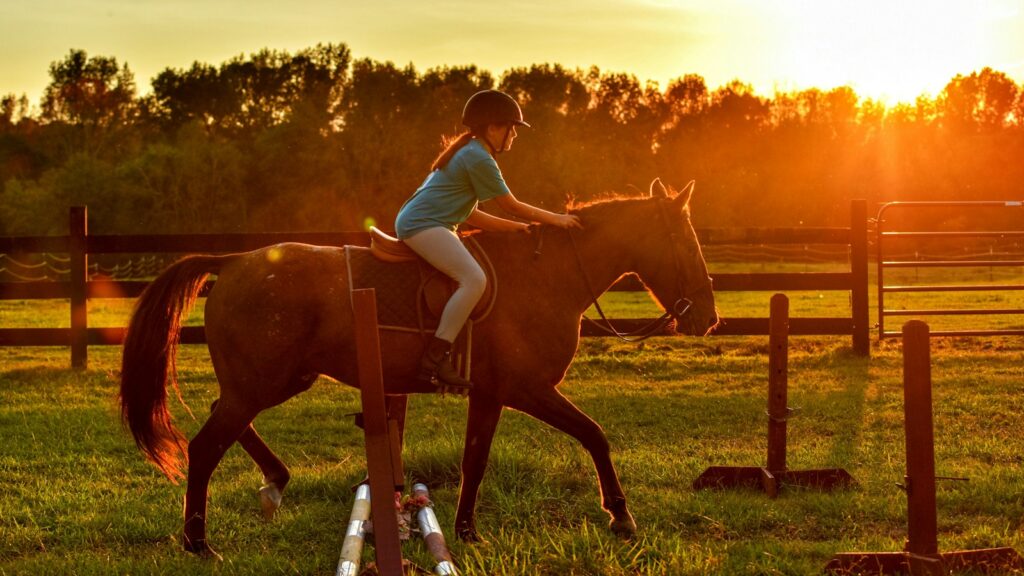
Traditional equestrian training systems built on systematic progression, in-person instruction, and long-term mentorship now compete with an explosion of digital alternatives promising faster results or innovative approaches. This shift has created legitimate concerns among established professionals about the dilution of foundational horsemanship principles when riders piece together training approaches from disconnected online sources without coherent methodology. Conversely, digital platforms have enabled innovative trainers to reach students beyond geographical limitations, democratizing access to diverse training philosophies that might previously have remained regionally confined. The certification and credential landscape has become increasingly complex, with traditional equestrian governing body certifications now competing with influencer-created courses offering alternative qualifications. This training evolution requires modern riders to develop stronger discernment skills, evaluating instruction based on underlying principles and evidence rather than presenter charisma or production quality. The most successful educational approaches often bridge traditional and modern elements, combining systematic horsemanship foundations with the accessibility and engagement advantages of digital delivery.
Youth Riders in the Influencer Era
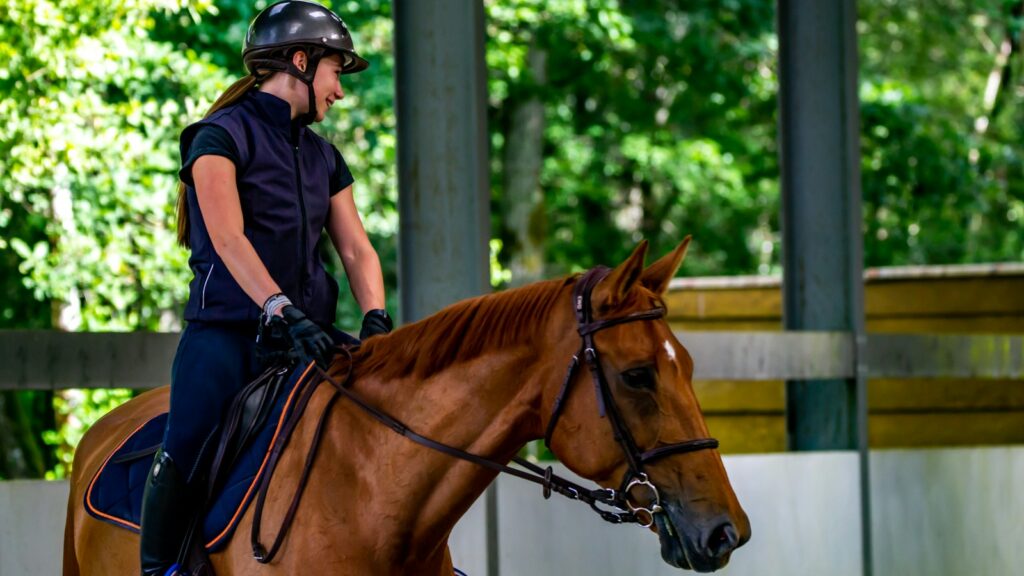
Young equestrians today face unique challenges and opportunities as they navigate riding development in an influencer-saturated environment. Many barn instructors report young students attempting advanced maneuvers or using equipment they’ve seen online, sometimes before mastering prerequisite skills or understanding proper application. Parents and trainers increasingly find themselves in the position of mediating between influencer-inspired expectations and appropriate developmental progressions tailored to individual rider-horse combinations. The positive aspects include unprecedented access to inspirational role models and educational content that can supplement in-person instruction, particularly for youth in regions with limited equestrian resources. However, the pressure to document and share riding accomplishments can sometimes overshadow the intrinsic joy of the horse-human relationship that has traditionally drawn young people to the sport. Finding balance requires thoughtful adult guidance helping young riders consume digital content critically while maintaining focus on their unique equestrian journey rather than comparative metrics of social media success.
The Evolving Aesthetics of Equestrian Style
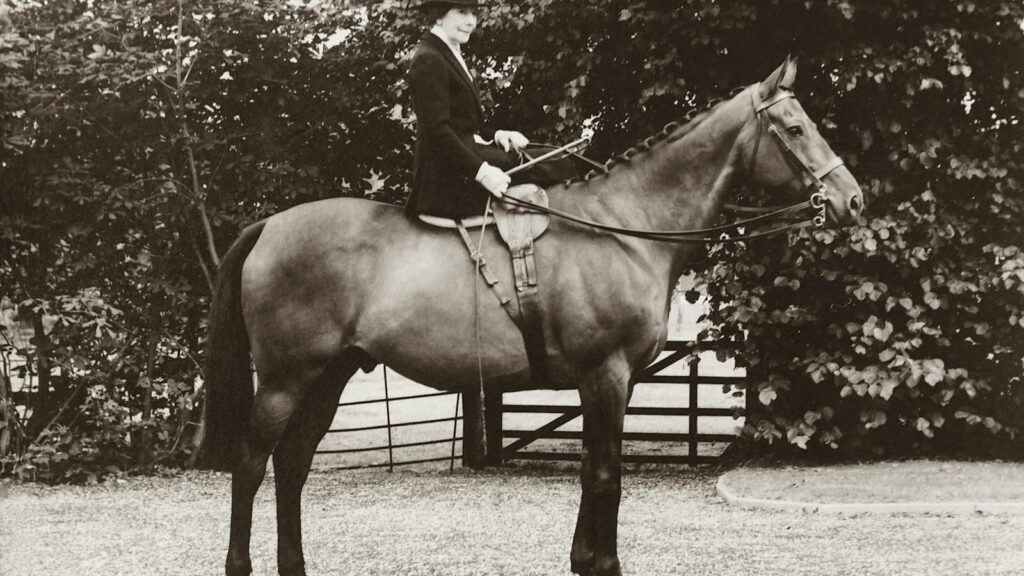
Equestrian fashion and equipment aesthetics have undergone dramatic transformation in the social media era, with traditional conservative styling now sharing stable space with bold colors, personalized designs, and fashion-forward interpretations of riding wear. Instagram-worthy tack collections featuring color-coordinated saddle pads, boots, and helmet covers have become aspirational content, driving consumer trends and creating new market segments within the industry. This aesthetic evolution extends beyond mere fashion to stable design, horse grooming practices, and even horse selection itself, with certain coat colors or markings gaining popularity based partly on their photogenic qualities. Manufacturers have responded with expanded product lines catering to this aesthetic-conscious market, introducing limited edition collections and customization options that were rare in previous generations. While this trend has brought fresh energy and self-expression to a traditionally conservative discipline, it also raises questions about prioritization when functional equipment considerations or horse suitability might be secondary to visual appeal in purchasing decisions.
Geographical and Economic Disparities in Digital Equestrian Culture
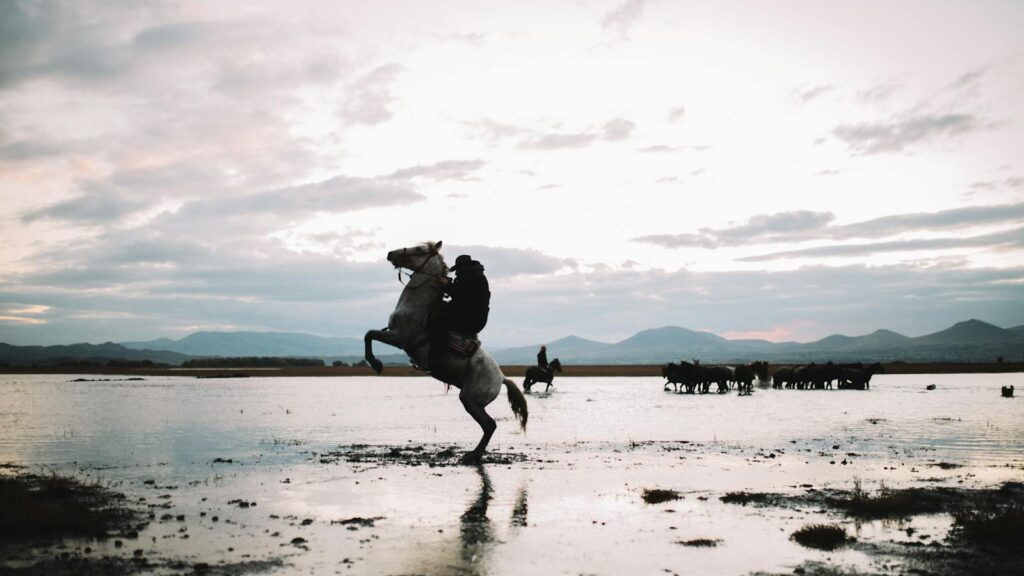
Behind the seemingly universal world of equestrian social media lies significant geographical and economic disparity in how digital horse culture manifests across different regions and socioeconomic contexts. The high-production content often emanates from resource-rich equestrian centers with professional-grade facilities, creating visual standards inaccessible to many riders in regions with different equestrian infrastructures or economic realities. International variations in training philosophies, competitive priorities, and horse management practices sometimes receive limited representation in influencer content dominated by certain regional approaches, particularly those from North America and Western Europe. Economic barriers to entry in equestrian sports—already significant in the physical world—extend to the digital realm, where content creation often requires not only horse access but also quality photography equipment, editing software, and time resources. Some innovative influencers have addressed these disparities by deliberately showcasing accessible riding approaches, budget-friendly horse keeping, and diverse international traditions, creating more inclusive digital spaces. These efforts highlight the potential for digital platforms to either reinforce or challenge existing inequalities within global equestrian culture.
Mental Health in the Equestrian Influencer Space
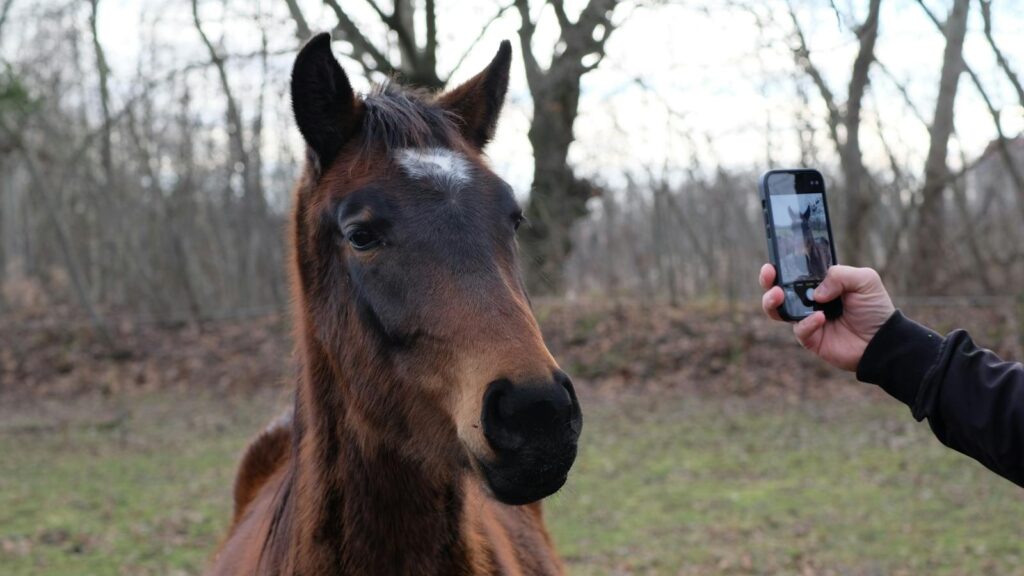
The mental health implications of equestrian influencer culture deserve careful consideration for both content creators and consumers navigating this high-pressure digital landscape. For influencers themselves, the constant demand for content creation can conflict with the natural rhythms of horse training and care, creating stress when horses need downtime but content schedules require output. Many report anxiety about public scrutiny of their riding, training decisions, or horse management, with some feeling unable to share genuine struggles for fear of criticism or sponsor disapproval. For content consumers, the comparative nature of social media can trigger feelings of inadequacy or impostor syndrome when measuring personal progress against heavily edited highlight reels. The performative aspects of equestrian influence can inadvertently reinforce perfectionism already common in competitive riders, potentially exacerbating performance anxiety or unhealthy competitive mindsets. Forward-thinking professionals are increasingly advocating for mental health literacy within equestrian spaces, recognizing that psychological wellbeing significantly impacts both human performance and horse welfare in this high-pressure digital environment.
Horses as Social Media Subjects: Welfare Considerations
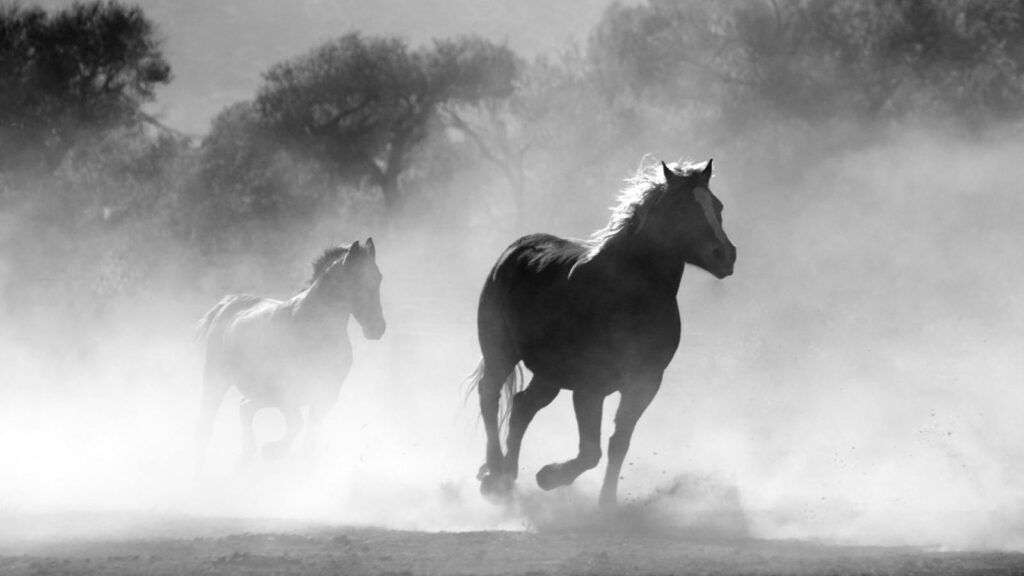
The positioning of horses as content subjects rather than training partners raises important welfare considerations in the influencer economy. Unlike human influencers who can consent to participation, horses have no agency in their portrayal or in the training methods selected for content creation, placing special ethical responsibility on their handlers. The pressure to produce engaging content can sometimes incentivize rushed training timelines, prioritization of visually impressive movements over foundational work, or equipment choices based on aesthetic rather than functional considerations. Some veterinarians and equine behaviorists have expressed concern about subtle stress signals being missed or downplayed when filming prioritizes capturing specific moments rather than responding to the horse’s communicative efforts. More positively, increased visibility has also created greater accountability, with audiences becoming increasingly educated about signs of equine discomfort or inappropriate training approaches. Responsible influencers have responded by incorporating educational content about reading horse body language, recognizing limitations, and prioritizing welfare over content schedules, demonstrating how digital platforms can potentially elevate rather than compromise welfare standards.
Finding Balance: Integrating Digital and Traditional Equestrian Wisdom

The most promising path forward involves thoughtful integration of digital innovation with traditional horsemanship wisdom, creating balanced approaches that leverage the strengths of both worlds. Successful modern equestrians often develop “digital literacy” skills allowing them to extract valuable information from online sources while maintaining healthy skepticism about content created primarily for entertainment or commercial purposes. Many experienced riders have adopted a hybrid learning approach, supplementing consistent in-person instruction with carefully selected online resources that align with their training philosophy and goals. Barn communities are evolving to accommodate this new reality, with some instructors proactively discussing social media content with students or incorporating digital resources into structured learning programs rather than dismissing them outright. The fundamental principles of good horsemanship—patience, consistency, empathy, and skill progression—remain unchanged despite the digital transformation, providing anchoring values that can guide evaluation of any training approach regardless of its delivery method. This integration represents not the replacement of traditional wisdom but its adaptation to contemporary learning contexts, ensuring that timeless horsemanship principles remain accessible to new generations of riders.
conclusion
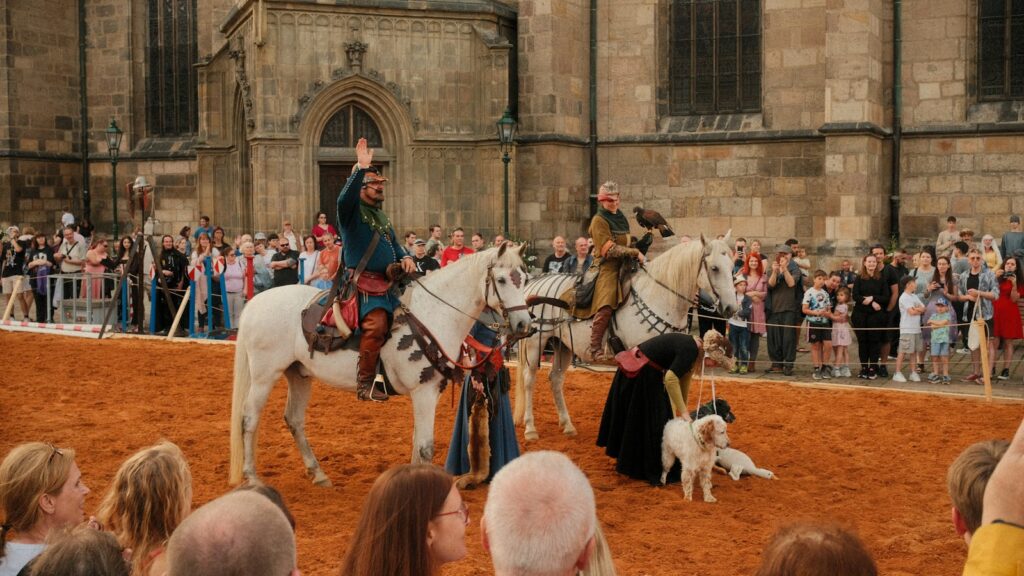
As equestrian culture continues evolving in the digital era, the community faces important choices about preserving the essence of the human-horse relationship while embracing beneficial aspects of connectivity and information sharing. The most thoughtful participants in this space recognize that behind every perfect post lies complex reality, behind every training tip lies contextual nuance, and behind every equestrian journey—filtered or unfiltered—lies the timeless partnership between human and horse that has endured through centuries of changing cultural contexts. By approaching equestrian influence with critical thinking, ethical awareness, and genuine horse-centered values, riders can navigate this new landscape while honoring the foundational principles that have always defined quality horsemanship.

